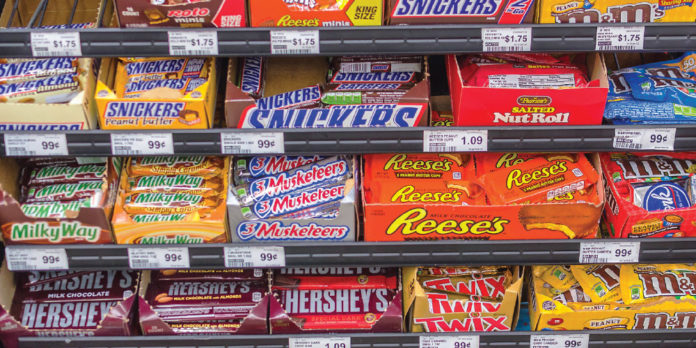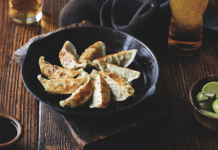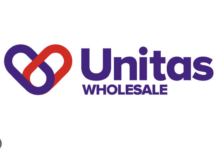I’m travelling from the suburbs to London. It’s a packed train, the carriages are all stained with nicotine, and everyone is smoking and reading broadsheet newspapers. My lungs are burning and my asthma is kicking off. This is commuting, 1974-style, and my first experience of working in ‘town’.
Fast forward to today and I’m commuting regularly again. The train is even more packed, no one is smoking, everyone is on a mobile device and most have a coffee to go.
Our society is changing rapidly and the pace of change is accelerating. The reading of daily newspapers is in steep decline and smoking is on an inexorable downward trajectory as well.
Over the years, small stores have relied heavily on tobacco and newspapers to drive footfall. For some wholesalers, tobacco sales still account for more than 50% of turnover, but the industry in general needs to look elsewhere to drive business.
Convenience store retailing is forecast to grow strongly in the next five years, but the sales mix is changing and new incremental drivers of footfall are required. Here are five key areas for you to keep tabs on, to help your retail customers boost their sales and make up the shortfall from tobacco.
Coffee and food to go
Coffee to go is the most obvious option – it has moved from being an add-on to an essential part of the offering, although the coffee needs to be decent and not just a basic vending product. Taking this further, many convenience stores are experimenting with food ‘grab and go’ ranges, as well as partnerships with the likes of Subway and Greggs, which are great for credibility.
But there are many different types of convenience store and food to go doesn’t suit everyone. To succeed takes expertise, commitment, and investment in equipment and employee training.
Food supplements and
over-the-counter (OTC) medicines
The time has come for retailers to move tobacco under the counter, get rid of the closed shutter and use that prime selling space behind the tills to sell goods. Food supplements and OTC medicines are a highly profitable candidate for this selling space, particularly if there’s no pharmacy nearby. This is relatively low risk, simple to execute and will drive incremental cash profit.
Frozen food
Frozen food remains an under-exploited opportunity. It is often neglected in small stores despite the growth and profit it affords, and equipment and merchandising are too often a tired after-thought.
An authorative range of ready meals, snacking, pizzas, party food, treats and ice will keep customers coming back. And again, it’s low risk for retailers.
Everyday disposables
These offer a fantastic source of incremental profitable sales and a focused range will drive a great commercial return on floor space. The key word here is ‘everyday’: napkins, cups, glasses, partyware, foil, cling film, batteries, stationery and light bulbs. These are highly flexible and can be displayed in most places around the store.
American candy
This is a fast-growing category offering great margins. I’d certainly recommend dedicating at least a metre of space to ranges of American candy – after all, something new, colourful and different always excites consumers.
Wholesalers are seeing an increasing amount of volume going out on deliveries. This releases more floor space for experimentation. You can support your customers using bolder displays of the main opportunity categories. I can visualise a coffee ‘breakout’ area with a range of coffee-to-go options and maybe some food to go fit-outs with partners to help independent retailers.
By embracing the changes now, we can celebrate the success that awaits us all. l








